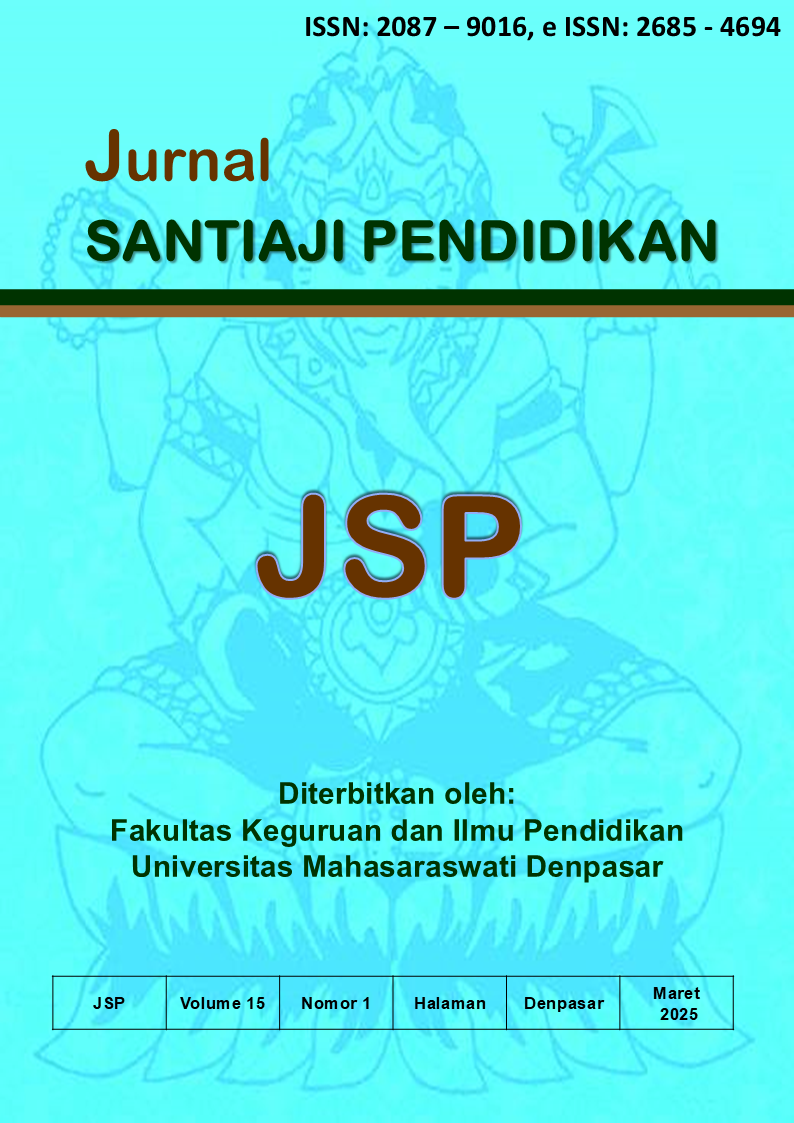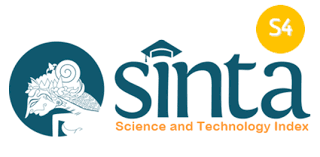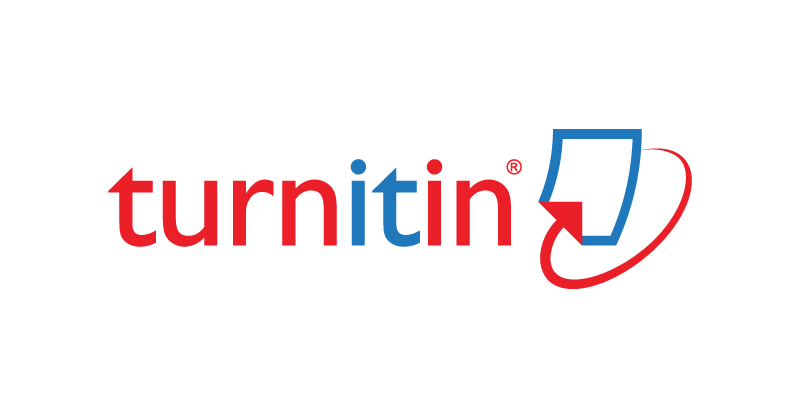POLITENESS STRATEGIES USED BY ELE PRE-SERVICE TEACHERS DURING CLASSROOM TEACHING PRACTICES
DOI:
https://doi.org/10.36733/jsp.v15i1.10974Keywords:
politeness strategies, ELE, pre-service teachers, teaching practicesAbstract
Teaching practice (PLP II) is considered a compulsory subject for pre-service teachers (PSTs). This agenda is done to equip PSTs with experiences to teach in real-world settings. This study belonged to qualitative study which aimed at analyzing politeness strategies employed by ELE pre-service teachers (PSTs) of FKIP Universitas Mahasaraswati Denpasar in academic year 2024/2025 during their teaching practices in SMK Rekayasa Denpasar. There were two ELE PSTs being observed. The data were gathered through video recordings of ELE PSTs’ teaching practices in classrooms. The utterances were analyzed using Brown & Levinson’s politeness strategies. It was found that positive politeness strategies were the most employed, followed with negative politeness strategies. The ELE PSTs also used bald-on-record strategies. However, they rarely used off-record strategies. This study showed that ELE PSTs used politeness strategies to maintain social relationships with the students, create supportive learning environment, and encourage students’ active participation.
Downloads
References
Agustina, S., & Cahyono, B. Y. (2016). Politeness and Power Relation in EFL Classroom Interactions: A Study on Indonesian Learners and Lecturers. International Journal of Language and Linguistics, 3(2), 92 – 100.
Awang, S., Shazlin Razak, S., & Nuur Fazliza Wan Zakaria Universiti Teknologi MARA Cawangan Kelantan, W. (2017). Variation of Politeness Strategies Employed by Second Language Learners in Role-Play Tasks. World Applied Sciences Journal, 35(12), 2630 – 2642. https://doi.org/10.5829/idosi.wasj.2017.2630.2642
Brown, P., & Levinson, S. C. (1987). Politeness: Some universals in language usage (Issue 4). Cambridge university press.
Clapper, T. C. (2010). Creating the safe learning environment. PAILAL, 3(2), 1 – 6.
Dewi, R., Amin, B., & Qalbi, N. (2023). Politeness Principles Used by EFL Teachers in Classroom Interaction during Teaching-Learning Process. Journal of Development Research, 7(1), 47–58. https://doi.org/10.28926/jdr.v7i1.243
Diyani, L., N., S., A.,Putra, I., N., A., J., & Adnyani, N., L., P., S. (2023). POLITENESS STRATEGIES APPLIED BY TEACHERS IN EARLY CHILDHOOD EDUCATION. Lingua Scientia, 30(1), 54 – 67. https://doi.org/10.23887/ls.v30i1.59260
Duta, N., Panisoara, G., & Panisoara, I.-O. (2015). The Effective Communication in Teaching. Diagnostic Study Regarding the Academic Learning Motivation to Students. Procedia - Social and Behavioral Sciences, 186, 1007–1012. https://doi.org/10.1016/j.sbspro.2015.04.064
Fattah, S. A., Qalbi, N., & Dewi, R. (2022). Male and Female Lecturers’ Politeness Strategies in Academic Interaction. International Journal of Social Science And Human Research. https://doi.org/10.47191/ijsshr/v5-i12-96
Fikri, Z. (2016). TEACHER’S POLITENESS STRATEGY IN EFL CLASSROOM AND THE EFFECTS ON THE LEARNING PROCESS (A Case Study at SMA Mardhatillah NW Penakak in the School Year 2014/2015). Journal Ilmiah Rinjani_Universitas Gunung Rinjani, 4, 94 – 99.
Fuadi, A., & Suharto, A. W. B. (2022). Peran Guru dalam Pengelolaan Kelas di MI Khaerul Huda Bumiayu Kecamatan Bumiayu. An-Nidzam : Jurnal Manajemen Pendidikan Dan Studi Islam, 9(2), 190–195. https://doi.org/10.33507/an-nidzam.v9i2.359
Gupta, A., & Fisher, D. (2011). TEACHER-STUDENT INTERACTIONS IN A TECHNOLOGY-SUPPORTED SCIENCE CLASSROOM ENVIRONMENT IN RELATION TO SELECTED LEARNER OUTCOMES: AN INDIAN STUDY. MIER Journal of Educational Studies, Trends &Practices, 1(1), 41 – 59.
Hu, Y., & Zhou, Y. (2024). Analysis of Politeness Strategies from the Perspective of the Interpersonal Function of Language in Systemic Functional Grammar. Scholars International Journal of Linguistics and Literature, 7(03), 96–100. https://doi.org/10.36348/sijll.2024.v07i03.006
Irawati, D., Najili, H., Supiana, S., & Zaqiah, Q. Y. (2022). Merdeka belajar curriculum innovation and its application in education units.
Kim, S., Raza, M., & Seidman, E. (2019). Improving 21st-century teaching skills: The key to effective 21st-century learners. Research in Comparative and International Education, 14(1), 99–117. https://doi.org/10.1177/1745499919829214
Latifa, H., Ratih, K., & Maryadi, M. (2023). Implementing the Merdeka Curriculum in English Language Teaching: A Study of Teacher Learning Steps. VELES (Voices of English Language Education Society), 7(3), 640–651. https://doi.org/10.29408/veles.v7i3.24049
Njuki, E., & Ireri, H. K. (2021). Positive and Negative Politeness Strategies Used by Kenya’s Members of National Assembly. OALib, 08(08), 1–20. https://doi.org/10.4236/oalib.1107690
Rahayuningsih, D., Saleh, M., & Fitriati, W. (2020). The Realization of Politeness Strategies in EFL Teacher-Students Classroom Interaction. English Education Journal, 10(1), 85 – 93.
Sapitri, N., Sahtun Sahwal, S., Satifah, D., Takziah, N., & Bhayangkara Jakarta Raya, U. (2023). PERAN GURU PROFESIONAL SEBAGAI FASILITATOR DALAM KEGIATAN PEMBELAJARAN DI SEKOLAH DASAR. Cakra Jurnal Pendidikan Sekolah Dasar, 3(1), 73 – 80.
Stikliene, A., Dautarte, A., Bartkevicius, E., & Zalkauskas, R. (2017). The research of the relationship between teachers’ professional skills and student expectations improving study environment. International Conference on Education (IC-ED-2017) 26-28 June 2015 University of Zagreb-Croatia, 4(6), 196-201.
Tilovatova, X. (2024). STRATEGIES FOR EFFECTIVE INTERCULTURAL COMMUNICATION IN TEACHING. European International Journal of Multidisciplinary Research and Management Studies, 4(8), 39–41. https://doi.org/10.55640/eijmrms-04-08-05
Wijayanti, W., Wijayanto, A., & Marmanto, S. (2020). Native English Teacher’s Politeness Realizations in EFL Classroom Interaction. ELS Journal on Interdisciplinary Studies in Humanities, 3(1), 31–40. https://doi.org/10.34050/els-jish.v3i1.9524
Downloads
Published
Issue
Section
License
Copyright (c) 2025 Dewa Ayu Ari Wiryadi Joni, Putu Ayu Paramita Dharmayanti

This work is licensed under a Creative Commons Attribution 4.0 International License.











